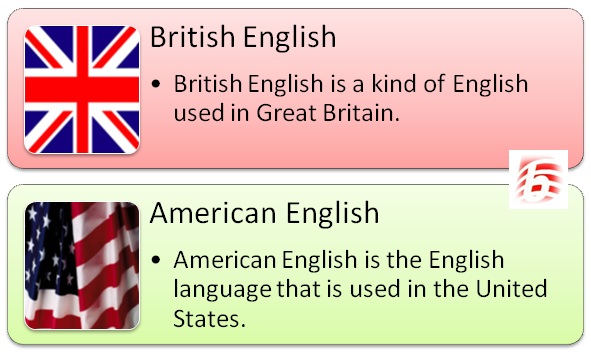British English vs American English
Understanding the differences between British English and American English is crucial for deciding which form should be used in different situations. Though there are differences in vocabulary and pronunciation between the two, they are not significant enough to prevent speakers of each variant from understanding one another. British English and American English are the two most popular forms of the English language worldwide.
What is British English?
British English includes the letter ‘u’ following the primary vowel in words like ‘colour’, ‘flavour’, and ‘demeanour’. There are vocabulary differences between British English and American English. For instance, “block of flats” in British English is “apartment building” in American English. Household furniture terms also differ, with the American “cot” and “dresser” being “camp bed” and “chest of drawers” in British English, respectively. Other examples include “minced meat” (British) vs “ground meat” (American) and “accelerator” (British) vs “gas pedal” (American).
What is American English?
American English typically omits the letter ‘u’ following the primary vowel in words like ‘color’, ‘flavor’, and ‘demeanor’. Other vocabulary differences between British English and American English include “baking tray” and “cooker” (British) vs “cookie sheet” and “stove” (American), respectively. Fruit and vegetable names also vary, with “beetroot” (British) being “beet” (American) and “marrow” (British) being “squash” (American). Additionally, “cookies” (American) are “biscuits” (British) and “fall” (American) is “autumn” (British).
Key Takeaways
- American English generally avoids using ‘u’ after the primary vowel, while British English includes it.
- There are numerous vocabulary differences between the two forms of English.
- British English and American English differ in terms of household furniture, automobile parts, roads, shops, and apparel.
